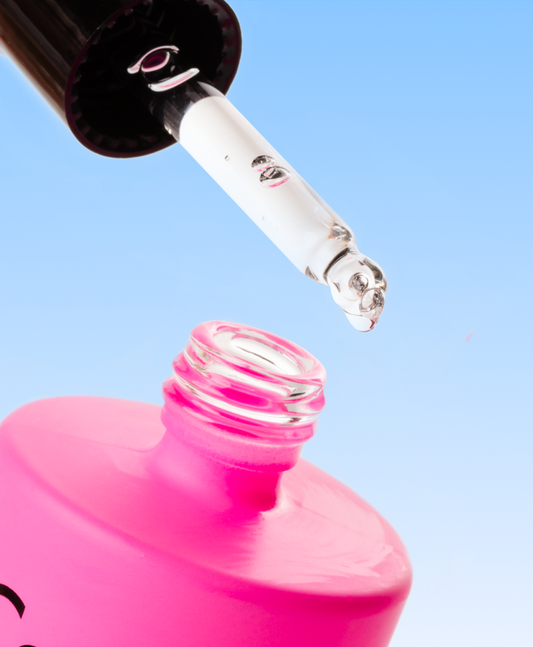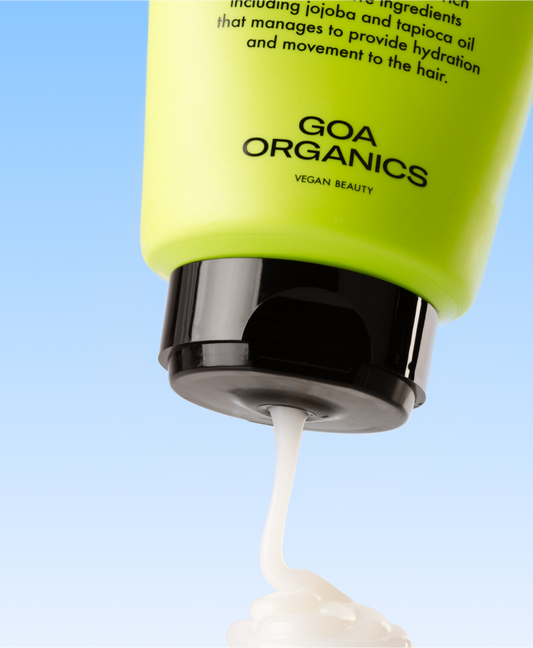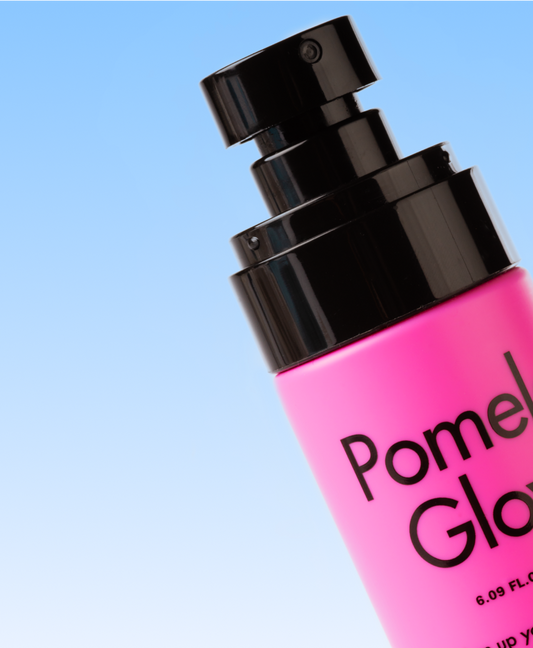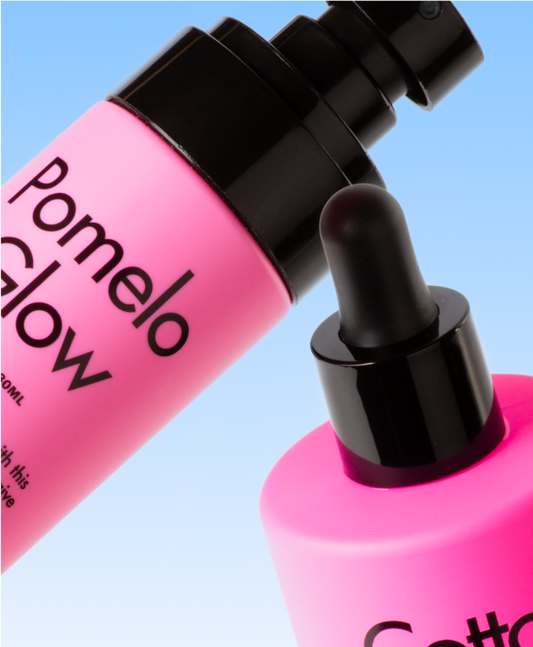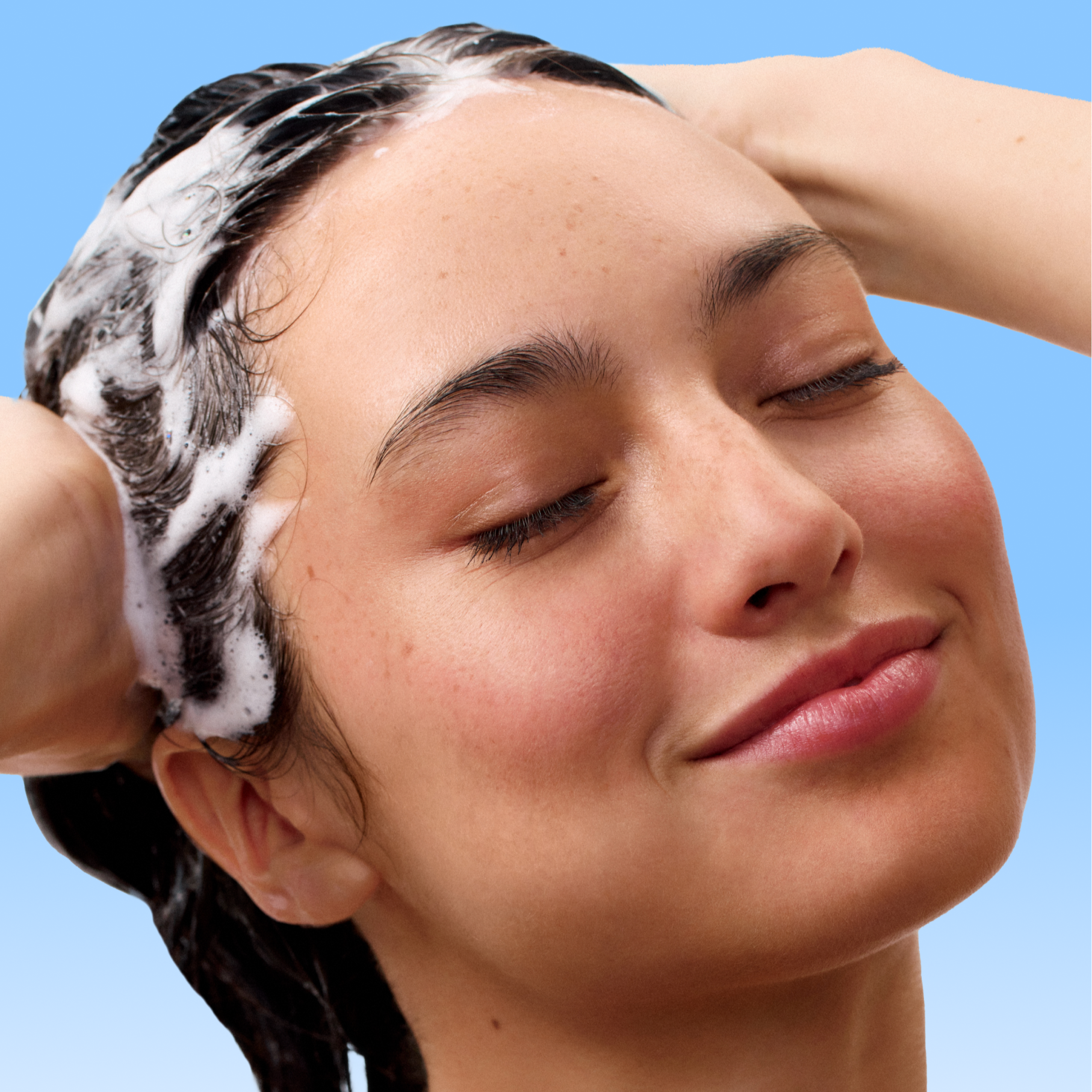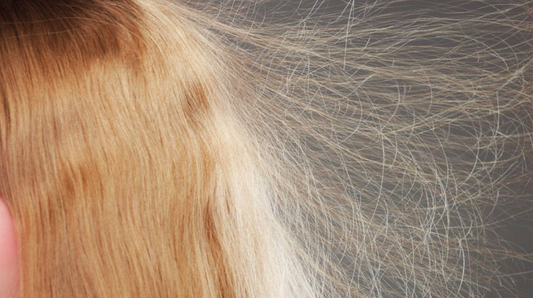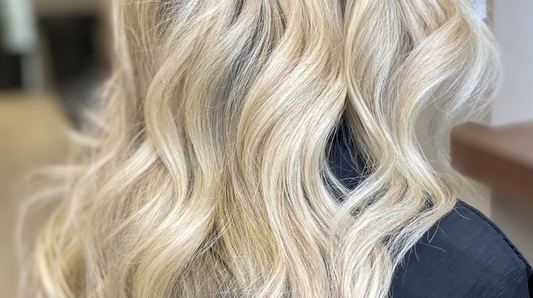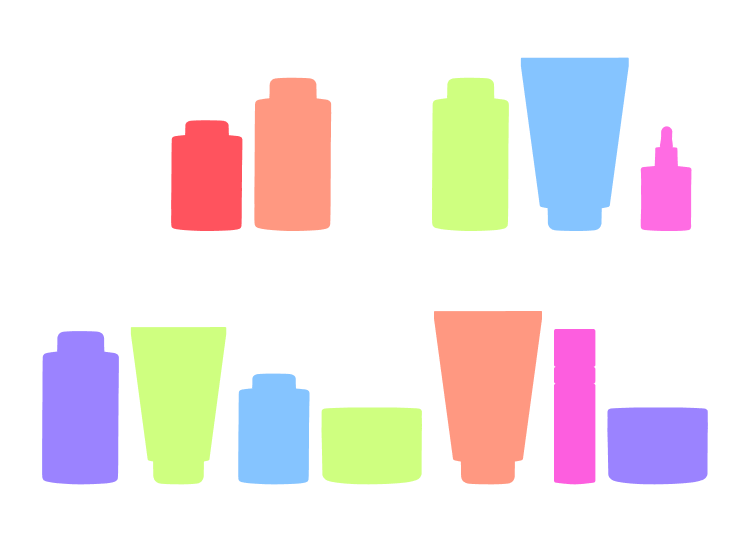One of the best ways to understand what we are applying to our hair is to be able to correctly interpret the labeling of our cosmetics. Knowing how to read cosmetic labels is key to choose products that really suit our needs and avoid surprises. Today we are going to explain how to do it in a simple way.
What is a cosmetic and how is it legally defined?
Before we start talking about the labeling of cosmetic products, let's define exactly what we mean by cosmetic.
According to Royal Decree 1599/1977, a cosmetic is any substance or preparation intended to be put in contact with various superficial parts of the human body, with the teeth or with the oral mucous membranes, for the exclusive purpose of cleaning, perfuming, modifying their appearance, and/or correcting body odors, and/or protecting them or keeping them in good condition.
A cosmetic is not only makeup, it also includes shampoos, conditioners, creams and everything we apply on skin, hair, nails or mucous membranes to take care of them.
How to read a cosmetic label step by step?
The labeling of a cosmetic follows a legal and technical standard that includes a list of ingredients (INCI), symbols, manufacturing batch and expiration date.
If you have ever wondered how to read cosmetic product labels, the first thing to do is to look at these basic elements on the package:
Find the list of ingredients (INCI).
To identify all ingredients used in cosmetics anywhere in the world, an international common name, known as INCI, has been established.
*INCI stands for International Nomenclature Cosmetic Ingredients.
The ingredients are arranged in descending order, taking into account their concentration in the formula. That is to say, we find in first place those ingredients that are found in greater quantity. We can see that in most cosmetics water is the main ingredient, so it is common to find "Aqua" in the first place.
English or Latin?
All the ingredients of cosmetic products must be mentioned in English or Latin. In English we find the chemical substances, both synthetic and natural. And in Latin we find the direct derivatives of plants. This helps to universally recognize the components and avoids confusion between countries or languages.
Precautions
This section of the labeling is especially relevant, as it helps us to identify the measures that we must take for a good use of the product. We must always read them and act with caution and care with all our cosmetics. Some labels also include warnings about allergies or population groups for which their use is not recommended.
Directions for use
Normally most cosmetics include in their labeling the correct directions for use, to ensure a correct use of the product itself. It is important to follow these directions to get the most out of the product and to ensure its safety.
Iconography
At the bottom of our packaging, we can find small symbols.
These small drawings are designed to help us understand certain technical aspects of the product, such as that we are dealing with a vegan product, that it is made from recycled materials and that it has not been tested on animals. Other important icons are the "hand with book" icon (see instruction leaflet) or the recycling symbol.
Shelf life after opening o The PAO
Cosmetics also expire, which is why the maximum shelf life of a product after opening must be mentioned on the product label.
This period is usually indicated by the PAO (Period After Opening), a symbol of an open jar with a number followed by the letter M (months).
*E.g.: 12 M means that we have 12 months to use our cosmetic after opening.
On some products you will also find an hourglass symbol, which indicates the expiration date before opening the container.
Nominal content
Containers containing more than 5 grams/milliliters must indicate their nominal content in weight or volume. This is usually accompanied by the letter "e", which certifies that the contents comply with European regulations.
Manufacturing batch number
The batch number is a designation, which may be numerical or alphabetical, that identifies a set of identical products that share certain production characteristics.
This reference allows us to identify the specific production batch and to check for any incidents.
Shelf life
GOA ORGANICS packages include just below the batch number, a numerical date. This date indicates the maximum time we can keep the cosmetic in good condition as long as the package is not opened.
Now that you know how to correctly interpret the labeling of your cosmetics do not hesitate to test your knowledge and try to find out a little better what exactly you are applying to your hair and how to get the best benefits.
This detail in cosmetic labeling provides extra safety and transparency, as it allows the consumer to clearly know the shelf life of the product.
